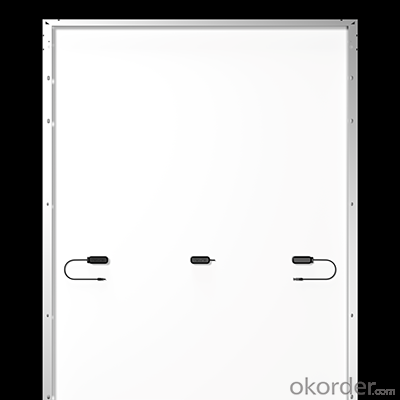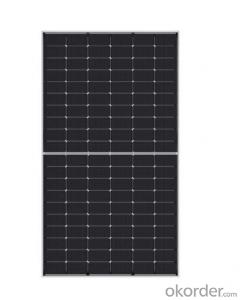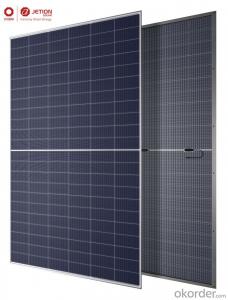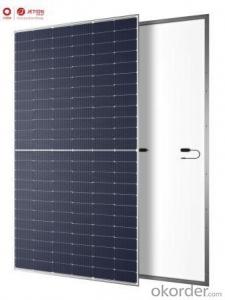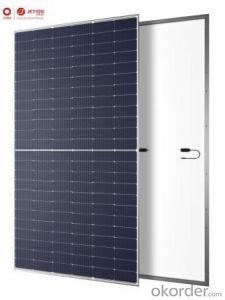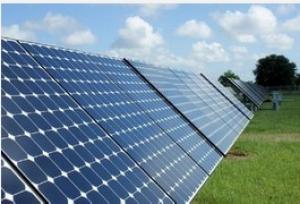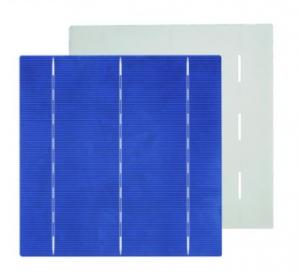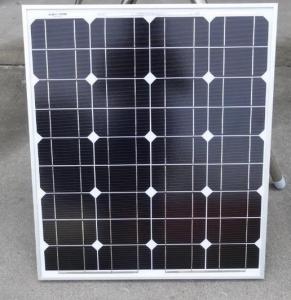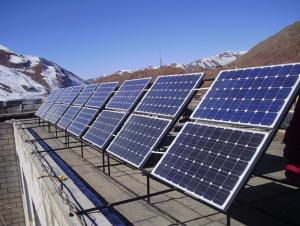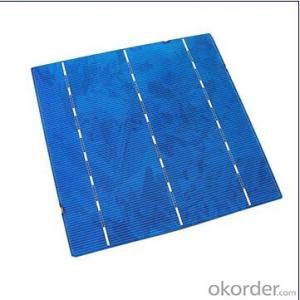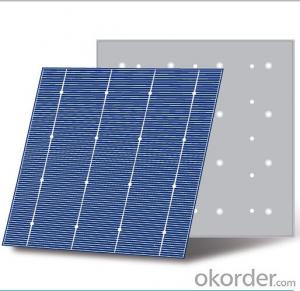Chipped Solar Cells Jink Solar 550W Mono Tiger Pro Series
- Loading Port:
- SHANGHAI
- Payment Terms:
- TT OR LC
- Min Order Qty:
- 720 pc
- Supply Capability:
- 72000 pc/month
OKorder Service Pledge
OKorder Financial Service
You Might Also Like
Specification
Specification
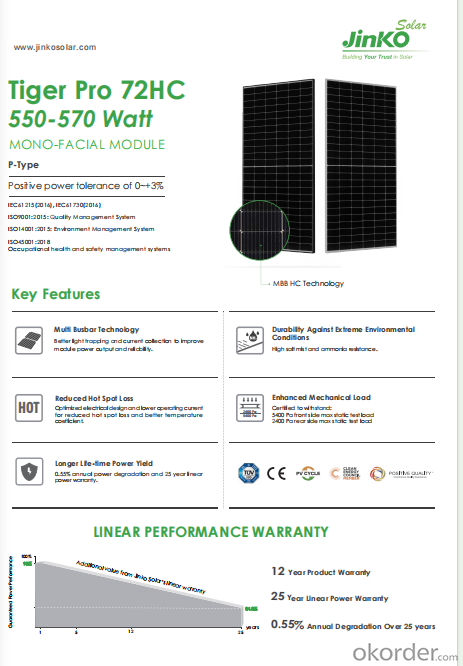
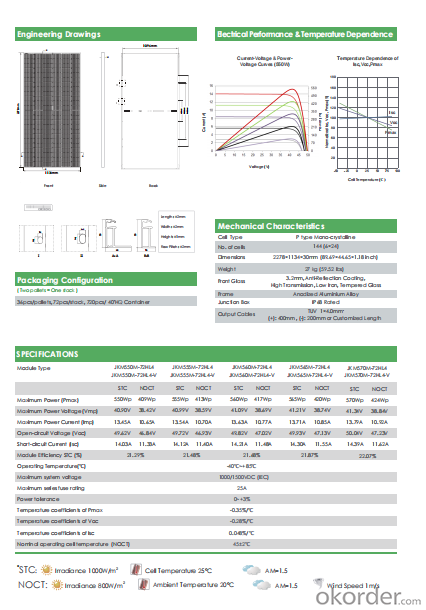
Company presentation
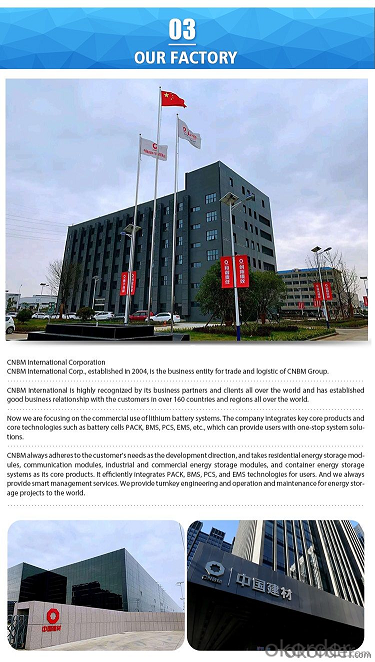
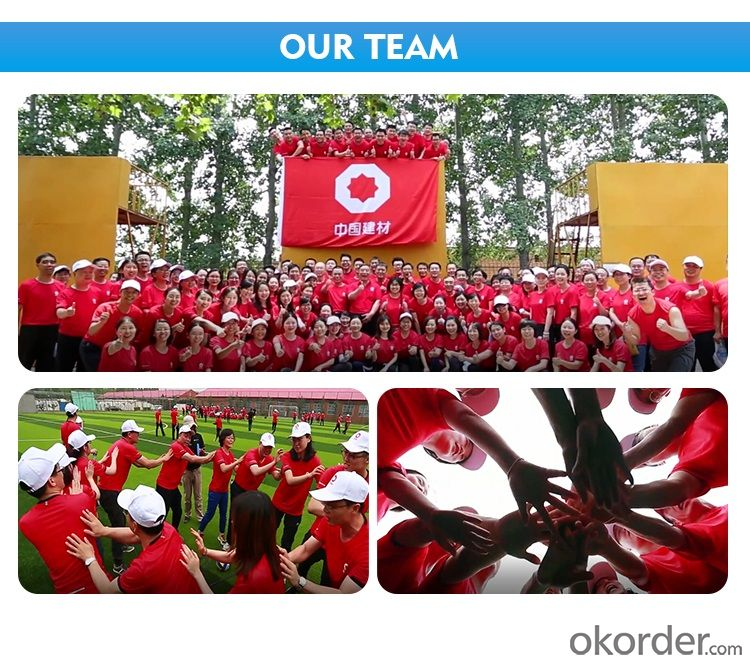
RFQ
Q: Do you have CE?A: Yes, our products are approved by CE.Q: Is OEM &ODM available in your factory ?A: Yes, you just offer us necessary documents and then we will produce the products as your requirements.Q: What is your Packing details?A: 1.Wooden case or carton package,standard export packages2.All of the productions are inspected carefully by QC before delivery.Q: What is your Delivery time?A: Usually, we make merchandise inventory. If we have the products in stock, the delivery time is 5-10 days after receiving the deposit; If we don’t have the products in stock, we will arrange the production right now. The delivery time will be 10-30 days. It depends on the quantity of order.Q:Why choose us?A: 1. Ready To Ship 2. Sample Available 3. One-Stop Service 4. Online customization5. Many years' experiences of manufacturing and service available in 24hours
- Q: What are the maintenance requirements for solar cells?
- The maintenance requirements for solar cells typically involve regular cleaning to remove dust and debris, ensuring proper functioning and efficiency. Additionally, periodic inspections are necessary to detect any potential damage or malfunctioning components. Overall, solar cells require minimal maintenance, as they have no moving parts and are designed to be durable and long-lasting.
- Q: How do solar cells handle hail or other severe weather conditions?
- Solar cells are designed to be durable and withstand various weather conditions, including hail and severe weather. They are made with sturdy materials like tempered glass or polycrystalline silicon, which can endure hailstorms without significant damage. Additionally, solar panels undergo rigorous testing to ensure their ability to withstand impact and extreme weather events.
- Q: What can be used as the materials for solar cells?
- The thin-film absorbers
- Q: What are thin-film solar cells?
- Thin-film solar cells are a type of photovoltaic technology that use thin layers of semiconductor materials to convert sunlight into electricity. These cells are lightweight, flexible, and can be manufactured using low-cost materials and techniques. They are commonly used in portable electronics, building-integrated photovoltaics, and other applications where traditional solar panels may not be suitable.
- Q: How do solar cells handle snow or ice buildup?
- Solar cells do not handle snow or ice buildup well. When covered by snow or ice, solar cells are unable to absorb sunlight effectively, leading to reduced energy production. To prevent this issue, solar panels are often installed at an angle, allowing snow and ice to slide off more easily. Additionally, some solar systems use heating elements to melt snow or ice that accumulates on the panels.
- Q: What is the effect of shading on solar cell performance?
- The effect of shading on solar cell performance is significant as it can substantially reduce the overall power output of the solar panel. When even a small portion of the solar cell is shaded, it creates a bottleneck for the flow of current, which can lead to a decrease in the voltage and current output. Shading can cause hotspots to form on the shaded cells, resulting in potential damage or reduced efficiency. Therefore, it is crucial to minimize shading on solar panels to maximize their performance and overall energy generation.
- Q: Can solar cells be used in commercial buildings?
- Yes, solar cells can be used in commercial buildings. In fact, many commercial buildings worldwide are increasingly incorporating solar panels to generate renewable energy and reduce their reliance on traditional power sources. This not only helps businesses save on electricity costs but also contributes to a more sustainable and environmentally friendly operation.
- Q: Can solar cells be used in hotels?
- Yes, solar cells can be used in hotels to generate renewable and clean energy. They can be installed on the roofs or other suitable areas of hotels to capture sunlight and convert it into electricity, reducing the reliance on traditional energy sources and lowering utility costs.
- Q: Can solar panels be charged with light?
- When the light is irradiated on the surface of the solar cell, a part of the photons are absorbed by the silicon material; the energy of the photon is transferred to the silicon atoms so that the electrons are transitioned and the free electrons are formed on both sides of the PN junction to form a potential difference.
- Q: Can solar cells be installed on vehicles?
- Yes, solar cells can be installed on vehicles. In fact, many electric and hybrid vehicles are equipped with solar panels on their roofs or hoods to harness solar energy and supplement their power source. These solar cells help to charge the vehicle's battery and increase its overall efficiency, reducing the reliance on traditional charging methods and improving sustainability.
Send your message to us
Chipped Solar Cells Jink Solar 550W Mono Tiger Pro Series
- Loading Port:
- SHANGHAI
- Payment Terms:
- TT OR LC
- Min Order Qty:
- 720 pc
- Supply Capability:
- 72000 pc/month
OKorder Service Pledge
OKorder Financial Service
Similar products
Hot products
Hot Searches
Related keywords





